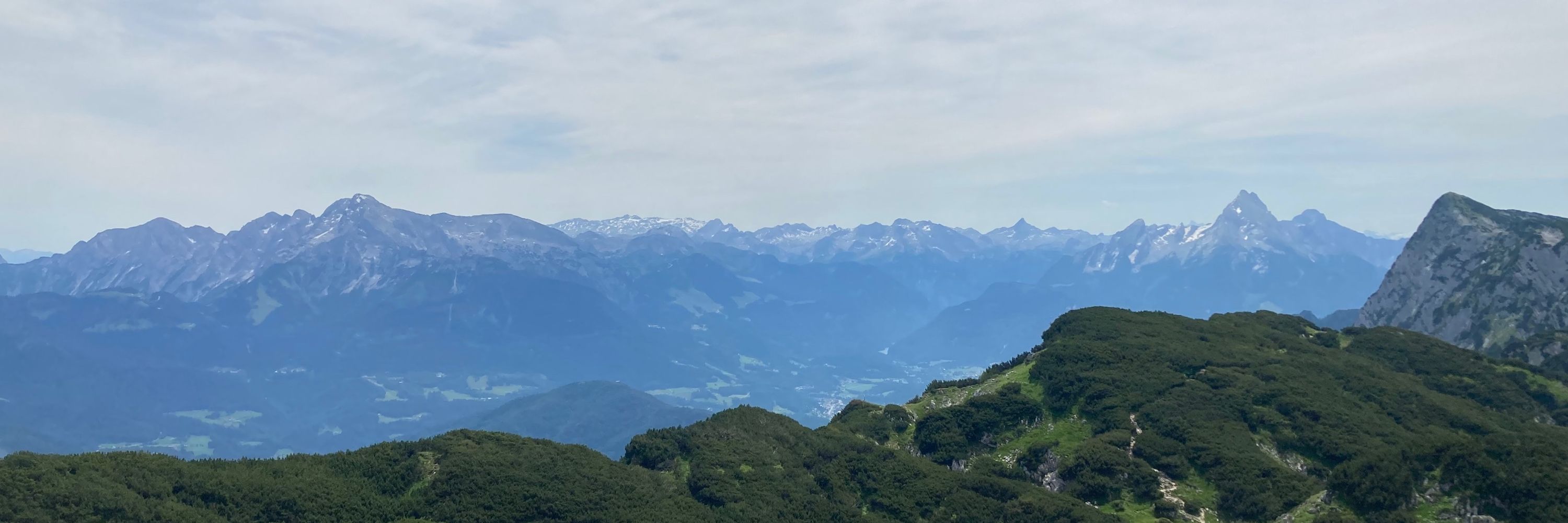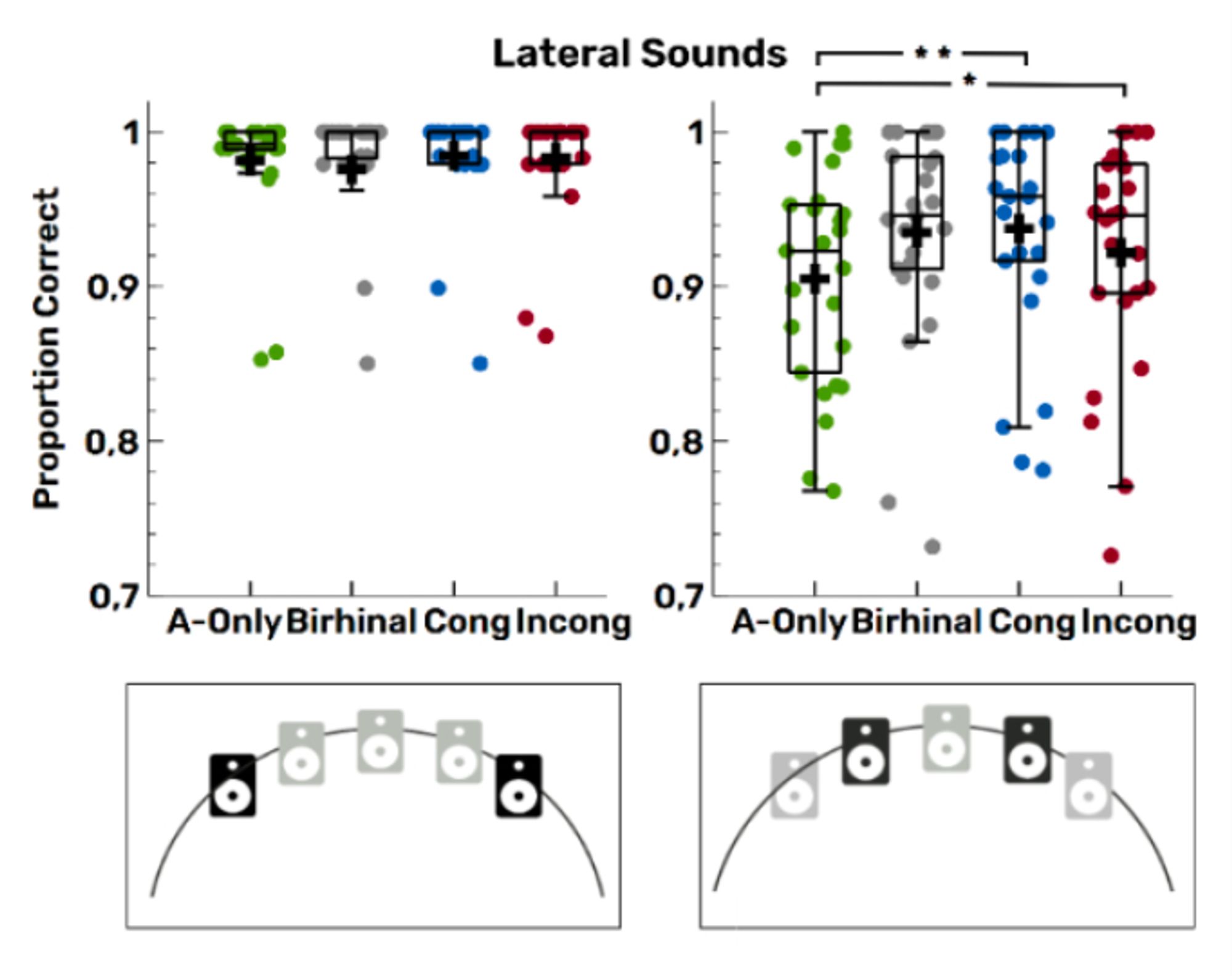
I usually try to have very detailed to do lists to sort of ‘offload’ what’s on my mind and then I try to have a structured plan for the day and the week on when I do certain things. It helps sometimes.
No great tips. But maybe it helps to know that I can relate! Sometimes I get so overwhelmed by all the things on my to do list, I start doing one thing, but can’t stop asking myself if I should rather be doing one of the other things on my list, resulting in me just not being focused. It’s messy!
Will arrive tomorrow! 🙌 I’ll see you at the JuWi meeting!
If you want to find out how EEG-correlates of auditory spatial attention are affected by odorant-stimulation, check out our pre-print. We have some cool alpha lateralization results and show how MVPA decoding of sound location is affect by odorant-stimulation. www.biorxiv.org/content/10.1...

bioRxiv - the preprint server for biology, operated by Cold Spring Harbor Laboratory, a research and educational institution
The more discnerable sound cues got (i.e., with stronger sound lateralization), the influence of odorant-stimulation decreased.

Notably, this effect was only robust in the 2nd half of the sound sequence, suggesting an after-effect of odorant stimulation. Our results replicate a previous report of odorant-induced sound localization bias under slightly different conditions (Liang et al., 2022, Chem. Seses).
Behaviorally, at central sound positions (= auditory cues maximally ambiguous), participants were more likely to categorize a sound as coming from the right with concurrent right-nostril stimulation, while the proportion of left-responses increased with left-nostril stimulation.

We also included auditory-only sequences as a control condition. In all types of sequences, the sounds were played from different locations. Importantly, sometimes the sounds originated from the center - this was not known to participants! The loudspeakers weren't visible.
Then, participants completed a dynamic sound localization paradigm with repeated sequences of 8 sounds. After each sound, they made a left vs. right judgment about the sound position. In the first half of the sequence, we concurrently stimulated their left, right or both nostrils

First, using an odorant localization task, we made sure, participants received a concentration of isopropanol (smells like hand sanitizer) at which they were able to differentiate between left- and right-nostril stimulation.
